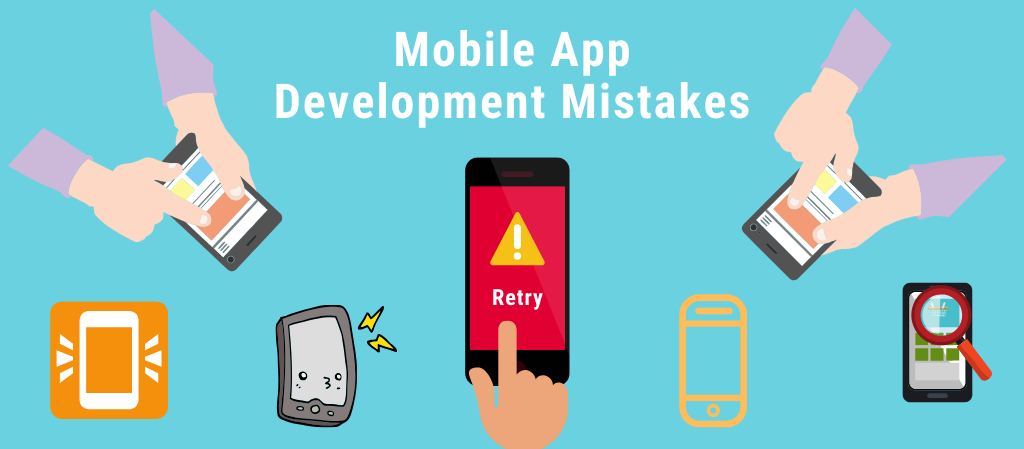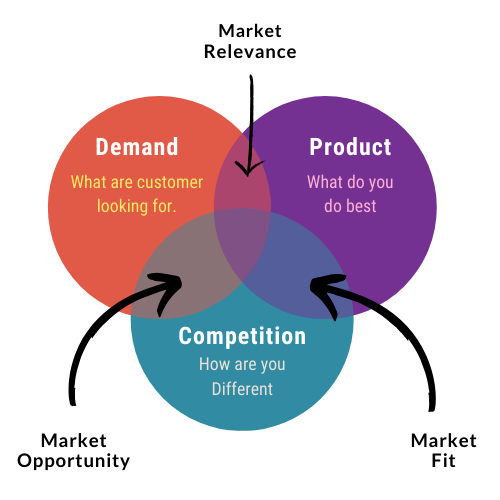
In 2019, app download numbers are as high as 21.3 Bn. App Store is responsible for 64% of customer spending on apps. The app development industry has been around for some time, and right now, it is at its peak where every other business idea can be developed into a mobile application.
Crunchbase reports that over two thousand app-based companies have received seed funding. Another one thousand two hundred corporations received angel funding, grants, and more — the total investments made since 2015 amount to a whopping $1.5B.
The app development market is saturated, and the users are spoilt for choice. App failure now goes beyond bugs, technical glitches, and lack of attractive features. And the reason app failure rates are so high is because of the errors on the business end of the product, showcasing the lack of planning, strategizing, and execution of the idea.
Over the years in the mobile app development industry, we have seen apps succeed and fail. All of them who failed made at least two out of these three common mistakes.
Learning more about these mistakes won’t guarantee immunity against failure. But what they would do is help you gauge the problems and accordingly increase the chances of identifying the underlying issues faster, leading to a quick resolution so that you can take control before things take a nasty turn.
Mistake #1 Not effectively marketing the product
In a survey of 301 companies, The Manifest found that only 5% of companies are spending less than 10% of the marketing of their product.
The number is not a big deal until and unless they have a documented marketing strategy for their products. Documentation allows the company to trace back their steps, which move is leading them to failure and immediately act on the root cause.
While 98 percent of companies reported that they had a documented marketing strategy, only 7 out of 10 had a long-term plan. However, it is essential to note that the app rolls out major updates at least once every year. Frequently, the marketing strategy is not aligned with these changes, and that leads to a disaster of its own kind.
- Microsite development
If you are working in the smart era, it does not mean that you don’t need a traditional web presence. A microsite is a must-have for any online business. Crafting a couple of landing pages helps the audience learn about your product and services effectively. - Promote on social media networks
The social media highway comprises of a couple of graphics and catchy copies. It can easily help you grow at a considerably higher pace. - Not leveraging the power of influencer marketing
Now, we are not talking about traditional influencer marketing. We are talking about creating a buzz around the product so that you get a fair chance. An extra discount coupon exclusively for their followers/ readers can give your product the necessary visibility. - Sponsored PR (or PR, in general) doesn’t give you the edge
A lot of apps rely heavily on PR for boosting their sales. PR posts, sponsored or otherwise is a part of the bigger picture. Heavy reliability on one channel of marketing would not increase your sales.
Mistake #2 No monetization plans

Your mobile application is a business. It needs to generate revenue to recover your development and maintenance costs. A monetization plan does not revolve around Cost Per Installs only. Monetization plans can include ad space, premium features within a free application, or freemium strategy, or creating a paid mobile app altogether.
Are you on the hunt for a proficient group of ace developers who can assist you with your end-to-end app development process? Alphalogic deploys best practices in the app development process to thoroughly verify your needs and create a product that drives your business. Need a helping hand? Book a consultation now!
Clearbridge states that less than 70 percent of apps remain under the app poverty line, with 19 percent apps not generating any revenue at all.
Therefore, to stay afloat and get into the 30% bracket of apps that generate greater than $ 500 revenue, you need a monetization plan alongside the product prototype and initial business planning and R&D phase.
Be it in-app purchases, enabling premium features, or implementing sponsorships, the ideas are endless. The idea is to pick the idea that works the best for your business model and executing it from day 1.
However, understand that your monetization strategy would lead to app churn. This rate is notably higher when it comes to mobile ads. Therefore, it is important to standardize the app success metric goals alongside the monetization strategy of choice.
Mistake #3 Perfect product-market fit not achieved

This one is pretty much a no-brainer. However, it remains an issue with most of the mobile applications.
A product idea is just an idea on the paper. To ensure that it reaches its maximum potential as a product, market research, and validating the app idea by determining product-market fit becomes a crucial part of the process.
We have spoken about it at length in several posts. From turning an app idea to reality to conducting market research for an app idea, as well as market research methodologies that we personally vouch for, we have covered this topic extensively.
The only cautionary tale with the mobile app industry is that it must serve the target buyer persona. Their unmet needs and pain points need to be understood to stand out. Without market research, that is pretty much impossible.
Conclusion
Are there any other reasons you feel that can lead to app failure? We would love to hear from you. Leave us a comment below!
Dhananjay (DJ) Goel is the CTO at Alphalogic, passionate about technology, startups, game of thrones and coffee. He enjoys working on challenging problems with innovative startups.
